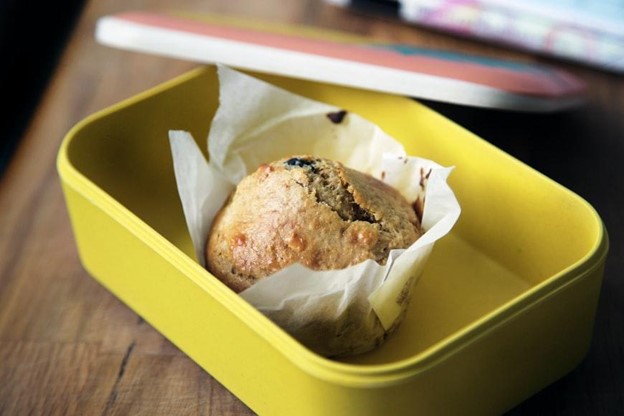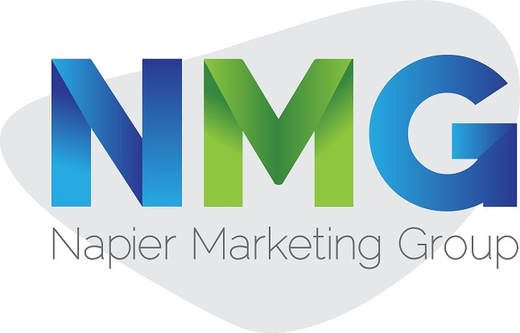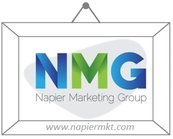5 Different Kinds of Plastic Food Packaging and their Level of Safety
Do you know if the plastic that your food was packaged in is safe? Is your plastic knowledge good enough to ensure that you and your family only consume goods that come in safe plastic packaging?
If your answer to both questions is a shy no, then this post is perfect for you. We’d tell you everything you need to know about the different kinds of plastics that manufacturers use to package foods. We’d enlist them, describe them, and give you a direct answer as to how safe they are. It is our hope that after reading this, you’d be more confident in your goal of only choosing foods that come in safe plastic packaging.
Plastic as the primary food packaging option
Plastic as food packaging is a relatively new invention. It was only in 1933 that people started to use it for packaging food. It was even an accidental laboratory discovery while scientists were observing a material that was used to protect military equipment. Such material was later used for plastic packaging. Today, plastic is preferred by many food manufacturers because it works perfectly when it comes to preserving food. With plastic packaging, products are kept clean, fresh, and safe for consumption. This level of packaging excellence and convenience has yet to be rivaled by any existing packaging option. With plastic packaging, all manufacturers are always secure that their goods are protected and unspoiled for long periods of time.
5 Kinds of Plastic Food Packaging
There are primarily five different kinds of plastics used for food packaging and they are as follows:
1. Polypropylene
Manufacturers that do injection molding mostly use polypropylene. This is the case with manufacturers that produce plastic bottles and bottle tops. Polypropylene is used by many because it is safe for human consumption. When compared to other plastics, polypropylene is less hazardous. It is used for the production of plastic bottles because it is not as brittle as other kinds of plastic materials used for food packaging. Apart from water, cheese and cream are also widely packaged in polypropylene plastic.
2. Oriented Polystyrene
This kind of polystyrene is becoming more and more popular because it is highly recyclable. It is used for food packaging because it is lightweight and resilient. To make it, manufacturers stretch extruded polystyrene sheets. It becomes a stable and rigid packaging option during its initial state as a liquid monomer. Manufacturers that want consumers to see their goods often use oriented polystyrene.
3. Polypropylene with Chalk
Polypropylene with chalk is the green version of polypropylene plastic variants. It is a good example of a saturated polymer that is very good for the environment. The level of chalk used for its production can be adjusted and leveled depending on one’s mixture preference. Polypropylene with chalk is preferred by many manufacturers because it provides a better barrier against moisture penetration. It can also easily withstand exposure to alcohol. Manufacturers that are after prolonging the shelf life of their goods also prefer polypropylene with chalk. This is because it has been tested to be better at preserving food and drinks.
4. Polyethylene Terephthalate
This is simply polyester if termed in its chemical name. Polyester is widely used as it is lightweight, long-lasting, and transparent. This is the most widely used kind of plastic for food packaging. Polyethylene terephthalate or PET is generally considered food-safe. This is why it is widely used across the world. It was tested in laboratories and it was found that it contains insignificant amounts of plasticizers. Plasticizers are widely observed by scientists because even though they don’t cause skin harm, they have been shown to interfere with one’s hormones when absorbed. Plasticizers are known to suppress one’s testosterone and increase one’s estrogen.
If your answer to both questions is a shy no, then this post is perfect for you. We’d tell you everything you need to know about the different kinds of plastics that manufacturers use to package foods. We’d enlist them, describe them, and give you a direct answer as to how safe they are. It is our hope that after reading this, you’d be more confident in your goal of only choosing foods that come in safe plastic packaging.
Plastic as the primary food packaging option
Plastic as food packaging is a relatively new invention. It was only in 1933 that people started to use it for packaging food. It was even an accidental laboratory discovery while scientists were observing a material that was used to protect military equipment. Such material was later used for plastic packaging. Today, plastic is preferred by many food manufacturers because it works perfectly when it comes to preserving food. With plastic packaging, products are kept clean, fresh, and safe for consumption. This level of packaging excellence and convenience has yet to be rivaled by any existing packaging option. With plastic packaging, all manufacturers are always secure that their goods are protected and unspoiled for long periods of time.
5 Kinds of Plastic Food Packaging
There are primarily five different kinds of plastics used for food packaging and they are as follows:
1. Polypropylene
Manufacturers that do injection molding mostly use polypropylene. This is the case with manufacturers that produce plastic bottles and bottle tops. Polypropylene is used by many because it is safe for human consumption. When compared to other plastics, polypropylene is less hazardous. It is used for the production of plastic bottles because it is not as brittle as other kinds of plastic materials used for food packaging. Apart from water, cheese and cream are also widely packaged in polypropylene plastic.
2. Oriented Polystyrene
This kind of polystyrene is becoming more and more popular because it is highly recyclable. It is used for food packaging because it is lightweight and resilient. To make it, manufacturers stretch extruded polystyrene sheets. It becomes a stable and rigid packaging option during its initial state as a liquid monomer. Manufacturers that want consumers to see their goods often use oriented polystyrene.
3. Polypropylene with Chalk
Polypropylene with chalk is the green version of polypropylene plastic variants. It is a good example of a saturated polymer that is very good for the environment. The level of chalk used for its production can be adjusted and leveled depending on one’s mixture preference. Polypropylene with chalk is preferred by many manufacturers because it provides a better barrier against moisture penetration. It can also easily withstand exposure to alcohol. Manufacturers that are after prolonging the shelf life of their goods also prefer polypropylene with chalk. This is because it has been tested to be better at preserving food and drinks.
4. Polyethylene Terephthalate
This is simply polyester if termed in its chemical name. Polyester is widely used as it is lightweight, long-lasting, and transparent. This is the most widely used kind of plastic for food packaging. Polyethylene terephthalate or PET is generally considered food-safe. This is why it is widely used across the world. It was tested in laboratories and it was found that it contains insignificant amounts of plasticizers. Plasticizers are widely observed by scientists because even though they don’t cause skin harm, they have been shown to interfere with one’s hormones when absorbed. Plasticizers are known to suppress one’s testosterone and increase one’s estrogen.
|
5. High Impact Polystyrene
This kind of plastic is commonly used for fabrication and sign making. This is because it is lightweight and highly customizable. They can also be found in household appliances and automobiles. Most children's toys also have high impact polystyrene. It is used in the manufacture of such objects because it is totally impervious to bacteria and germs. Hence, it is best for manufacturers that want their foods to be totally free from food contamination. |
Which is the safest kind of plastic for food packaging?
The following are the safest kind of plastic for food packaging:
Which is the most toxic and dangerous kind of plastic for food packaging?
The most toxic and dangerous kind of plastic food packaging is one that is made of polyvinyl chloride or PVC. This kind of plastic is extremely durable and can withstand high temperatures. It is often used for the creation of roofing materials, cables, and faux leather garments. PVC is harmful plastic because it contains high levels of bisphenol A (BPA), mercury, lead, cadmium, phthalates, and dioxins among other toxic elements. You should avoid any kind of food that comes in PVC packaging.
The following are the safest kind of plastic for food packaging:
- high-density polyethylene – this plastic is so safe that it is used in the production of toys, cans, and fixtures. Long-lasting food-grade buckets are also made of this material.
- polyethylene terephthalate – this kind of plastic is so safe, so much so that it is used for salad platters and plastic bottles. It is rigid and strong enough to effectively help in preventing contamination in food and beverages.
- Polypropylene – this kind of plastic is microwavable. It can also withstand the dishwasher. It is a biologically inert solid that is non-toxic to humans.
Which is the most toxic and dangerous kind of plastic for food packaging?
The most toxic and dangerous kind of plastic food packaging is one that is made of polyvinyl chloride or PVC. This kind of plastic is extremely durable and can withstand high temperatures. It is often used for the creation of roofing materials, cables, and faux leather garments. PVC is harmful plastic because it contains high levels of bisphenol A (BPA), mercury, lead, cadmium, phthalates, and dioxins among other toxic elements. You should avoid any kind of food that comes in PVC packaging.




